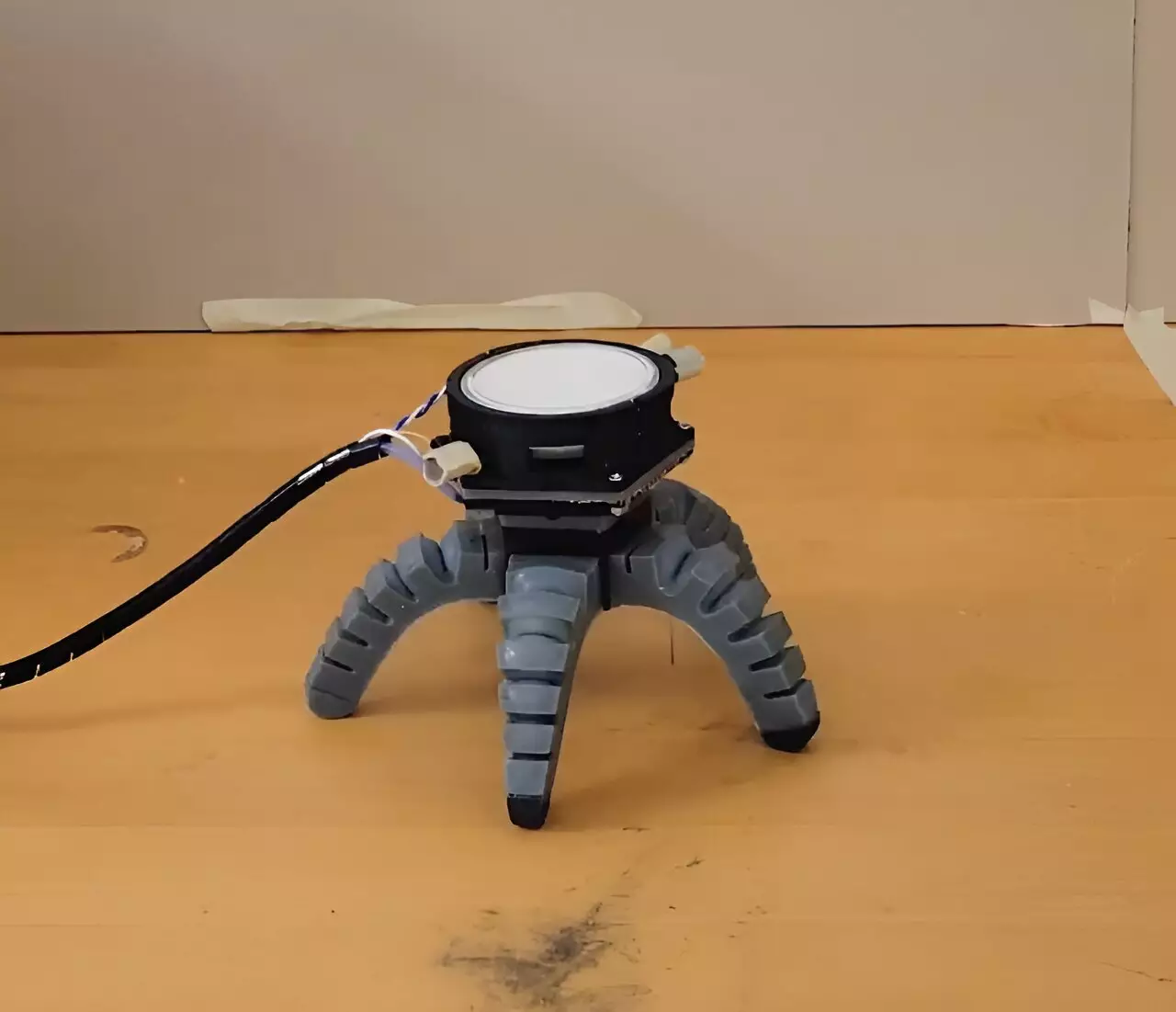The interplay between biology and technology is an area of tremendous interest, particularly in creating robots that can seamlessly interact with their environments. Recent research from Cornell University presents a pioneering approach that incorporates fungal mycelia into the design of robots, a bidirectional blend of living systems and mechanical engineering. This fusion, as explored in their paper “Sensorimotor Control of Robots Mediated by Electrophysiological Measurements of Fungal Mycelia,” published in Science Robotics, opens up avenues for robots that exhibit greater autonomy and adaptability compared to their purely synthetic counterparts.
The research team, led by Anand Mishra and Rob Shepherd, delves into an innovative methodology of utilizing mycelia, the vegetative part of fungi, to enhance the sensory capabilities of biohybrid robots. Mycelia are renowned for their ability to thrive in harsh environments and respond to a variety of stimuli, allowing these robots to operate more effectively in unpredictable conditions. This creates a paradigm shift in robot design—transitioning from static sensors to dynamic biological components that respond to multiple inputs, such as light and chemical signals.
The use of fungal mycelia is fascinating not only because of its biological properties but also due to the myriad possibilities it introduces to robot development. As Mishra explains, traditional synthetic systems are often limited in their responsiveness to environmental changes, relying on single-purpose sensors. In contrast, living systems—such as those based on mycelia—can react to a spectrum of stimuli. This feature could potentially empower robots to make real-time decisions based on complex environmental interactions, significantly improving their operational capacities in fields like agriculture and environmental monitoring.
For example, envision a robot navigating through agricultural fields equipped with mycelia that can detect soil chemistry; it may autonomously adjust fertilizer application, ultimately reducing ecological impacts, such as nutrient runoff that leads to harmful algal blooms. Such applications could redefine sustainable farming practices, reducing the human input required for monitoring environmental health.
Creating a biohybrid robot that incorporates living components necessitates a rich blend of knowledge from various disciplines. Mishra’s team combined expertise from mechanical engineering, electronics, neurobiology, and mycology. This integrative approach is vital in fortifying the synergy between robots and mycelia. For instance, Mishra learned how to record electrical signals in mycelia’s ionic channels in collaboration with neurobiologist Bruce Johnson. This understanding is crucial because the ability to translate biological signals into actionable data for robots relies heavily on a precise methodological framework.
Additionally, contamination management is a significant hurdle when working with mycelial cultures; thus, Mishra engaged with plant pathology experts to ensure successful growth of the cultures. Together, their interdisciplinary efforts allowed for the development of a stable system that could translate the mycelia’s electrophysiological activity into real-time signals that power robotic movement.
The practical application of these principles saw two biohybrid robots—a soft-bodied spider-like robot and a wheeled bot—successfully performing a series of movements in response to mycelial signals. In the initial experiments, the robots demonstrated an innate ability to walk or roll influenced by natural spikes in the electrical signals of the mycelium. They further exhibited adaptability by altering their movements in reaction to external stimuli, such as ultraviolet light, highlighting the responsive nature of their biological components.
However, the thrilling aspect of this research extends beyond mere movement. The real-time interpretation of fungal signals presents an opportunity to understand biological stressors through robotic actions. As Mishra points out, the robots not only react to signals but also serve to visualize underlying biological responses that are otherwise imperceptible. This could foster an unprecedented connection between technology and living organisms, enabling the development of sensors that provide insights into environmental and biological states.
The study from Cornell University exemplifies a significant leap forward in robotic engineering by integrating biological elements that could revolutionize how robots operate in various environments. The implications for agriculture, environmental monitoring, and robotics are vast, suggesting a future where technology and nature work in tandem. As research continues, these biohybrid systems may become frontline tools in tackling global challenges, reinforcing the notion that innovation flourishes at the intersection of diverse fields. The potential of biohybrid robots stretches far beyond functionality; they embody a vision of symbiosis, where living systems contribute to technological advancement and sustainability.

